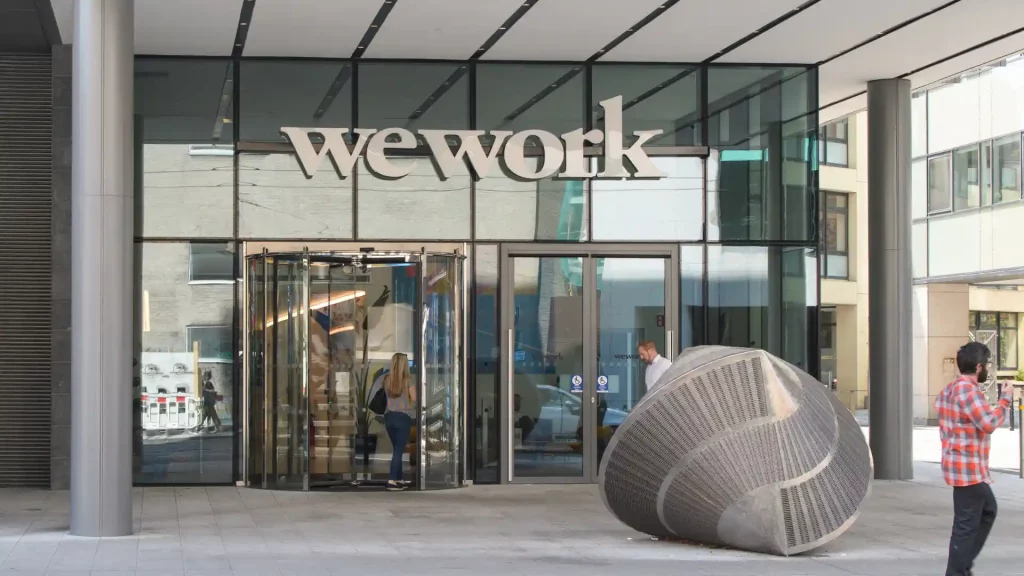WeWork, a brainchild of Adam Neumann in 2010, was the embodiment of the sharing economy.
In the not-so-distant past, WeWork was a darling of the tech world, a unicorn with a massive $47 billion valuation in 2019. It promised to revolutionise the way we work, offering trendy co-working spaces and an aspirational millennial lifestyle. Fast forward to today, and WeWork finds itself in a completely different position, having filed for Chapter 11 bankruptcy protection and its value plummeting to just $45 million. This is the story behind WeWork’s meteoric rise and its equally precipitous fall.
The Ascent of a Juggernaut
WeWork, a brainchild of Adam Neumann in 2010, was the embodiment of the sharing economy. It leased office spaces, transformed them into trendy, co-working havens, and then rented them to proprietors, freelancers, and companies. With amenities like craft beer on tap, stylish decor, and communal rest areas, WeWork was a magnet for a modern workforce seeking flexible and trendy workspaces. It even attracted massive investments of billions from tech incubator Softbank.
In 2019, The company made a bold attempt to go public. However, this endeavour turned into a fiasco of epic proportions. IPO paperwork revealed colossal losses, corporate governance concerns, and potential conflicts of interest tied to its flamboyant CEO, Adam Neumann. Investors were spooked, and Neumann was quickly shown the door, albeit with a massive severance package.
The company eventually did go public in 2021, but the initial enthusiasm had dissipated. Market sentiment had shifted, and critics argued that WeWork was not a tech company but just a real estate company. Its reliance on long-term leases left it exposed to market fluctuations, making it ill-suited to a rapidly changing work culture.
Pandemic and Leadership Difficulties
Then came the pandemic, which emptied offices around the world. WeWork’s balance sheet took a severe hit as people embraced remote work. The demand for shared office spaces vanished, and WeWork’s expensive leases in prime locations became an ever-increasing burden instead of an asset.
The company’s troubles continued to mount in 2023. CEO Sandeep Mathrani departed in May, further deepening doubts about the company’s future. By August, WeWork publicly admitted to having “substantial doubt” about its survival, being weighed down by $2.9 billion in long-term debt and $13 billion in long-term leases.
In October, WeWork found itself unable to make interest payments on its loans, and bankruptcy loomed. The company’s decision to file for Chapter 11 bankruptcy in a New Jersey court is a strategic bid to restructure its debts and address its legacy leases. The filing protects the company from creditors and landlords while it works out a plan to repay its debts. The company’s immediate focus is on ensuring “business continuity” while shedding non-operational leases.
Despite its tumultuous journey, WeWork still aims to emerge from the ashes of bankruptcy with a “strong foundation, a dynamic business, and a bright future,” according to CEO David Tolley. In a world where remote work and flexible office spaces are on the rise, The company might yet find a way to adapt and reestablish itself. But the cautionary tale of WeWork is a stark reminder of the pitfalls and challenges that accompany rapid growth, showing that ‘disruption’ and tech is no substitute for a solid business model and good corporate governance.
